1. Overcomplicated Smart Thermostats
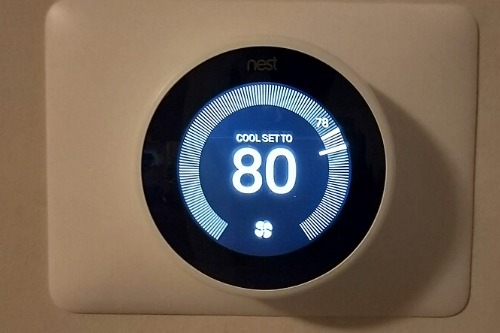
Smart thermostats promise energy savings and convenience, but if they’re too complex to use, they become more of a headache than a help. Buyers who aren’t tech-savvy—or who just want to set the temperature and move on—can feel overwhelmed by endless menus, apps, and learning algorithms. If it takes a YouTube tutorial to figure out how to turn on the heat, that’s a problem. Simplicity matters more than bells and whistles.
Buyers want intuitive controls and clear benefits. If the thermostat feels like it’s trying to outsmart them, they’ll see it as a liability, not a perk. A smart feature should make life easier, not more confusing. Otherwise, it’s just a fancy wall ornament.
2. Voice Assistants Wired Into Every Room

Having Alexa or Google Assistant in every room might seem futuristic, but for many buyers, it feels invasive. Concerns about privacy, data collection, and constant listening are very real. Some buyers are immediately turned off by a home that feels like it’s always “on.” It’s not cozy—it’s creepy.
Even if the system is convenient, it should be optional and easy to disable. Buyers want control over their environment, not a home that’s already been wired to someone else’s preferences. Smart should never mean surveillance. Subtlety goes a long way.
3. App-Only Light Switches
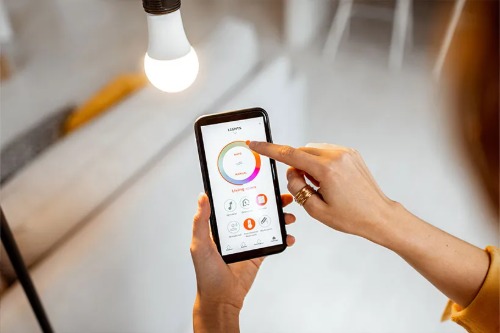
Replacing traditional light switches with app-only controls might look sleek, but it can be incredibly frustrating. If the Wi-Fi goes down or the app glitches, you’re literally left in the dark. Buyers worry about usability, especially for guests, kids, or older family members. A light switch should never require a smartphone.
The best smart lighting systems offer both app control and manual overrides. That way, everyone can use them comfortably. When basic functions become high-tech hurdles, buyers start to question the whole system. Convenience should never come at the cost of accessibility.
4. Smart Toilets with Too Many Features
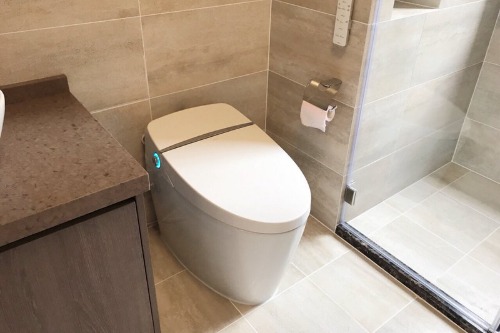
Heated seats, built-in bidets, automatic lids, and Bluetooth speakers—smart toilets are a thing. But for many buyers, they’re more intimidating than impressive. Maintenance concerns, high replacement costs, and the fear of something going wrong with such a personal appliance can be a major turnoff. Not everyone wants their toilet to have a user manual.
Unless you’re in a luxury market where these features are expected, simpler is often better. A clean, well-designed bathroom wins over a high-tech one that feels like a spaceship. Buyers want comfort, not complexity. Especially in the most private room of the house.
5. Security Systems That Feel Like Overkill
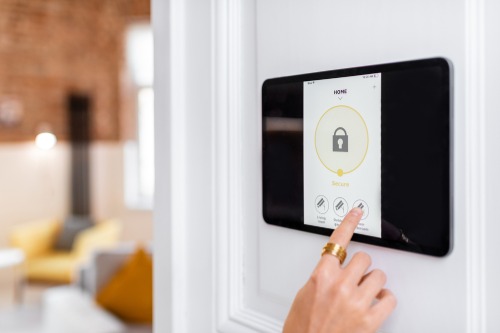
A full suite of cameras, motion sensors, and alarms might make sense in a high-crime area—but in a quiet suburb, it can feel excessive. Buyers may wonder what kind of neighborhood requires that level of surveillance. It can also raise concerns about privacy and data storage. Too much tech can feel more paranoid than protective.
A simple, well-placed doorbell camera or smart lock is often enough. Security should feel reassuring, not oppressive. When a home feels like Fort Knox, it can actually scare buyers away. Peace of mind shouldn’t come with a side of suspicion.
6. Smart Appliances That Are Hard to Repair
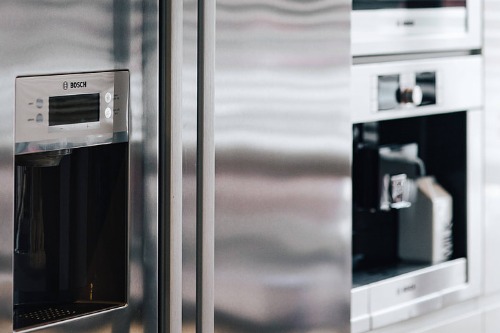
Wi-Fi-enabled fridges, ovens, and washers might sound impressive, but when they break, they’re often harder and more expensive to fix. Many buyers worry about long-term reliability and whether parts will be available in a few years. If the appliance needs a software update just to run a cycle, that’s a red flag. Tech fatigue is real.
Buyers want appliances that work well and last—not ones that need constant troubleshooting. Smart features should enhance function, not complicate it. If the tech feels gimmicky or fragile, it’s a turnoff. Reliability beats novelty every time.
7. Whole-Home Automation That’s Hard to Untangle
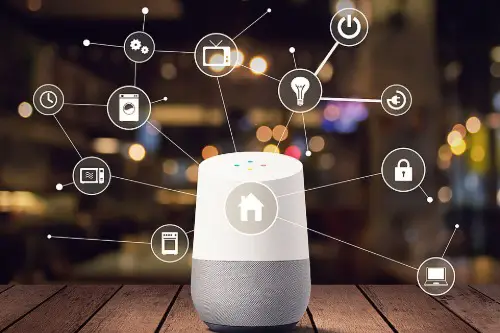
Some homes come with fully integrated systems that control lighting, climate, audio, and security from a central hub. But if the system is proprietary or overly complex, buyers worry about being locked into a platform they don’t understand—or want. It can feel like inheriting someone else’s tech habits. And that’s not always welcome.
Buyers prefer flexibility and compatibility with devices they already use. If the system can’t be easily updated or replaced, it becomes a burden. Smart homes should be adaptable, not rigid. Otherwise, the tech becomes a trap.
8. Too Many Screens and Touch Panels
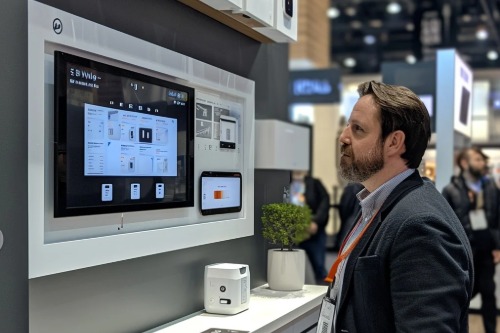
Wall-mounted touchscreens might look sleek, but when they’re everywhere, they can make a home feel more like a control room than a living space. Buyers may see them as dated, especially if the interface looks clunky or the brand is no longer supported. And if they’re not intuitive, they just become expensive wall clutter. More screens don’t always mean more value.
Smart design should blend into the background, not dominate it. Buyers want homes that feel warm and livable—not like they’re operating a spaceship. When tech takes center stage, it can overshadow the home itself. Subtle integration is key.
This post 8 “Smart” Home Features That Are Driving Buyers Away was first published on Greenhouse Black.
